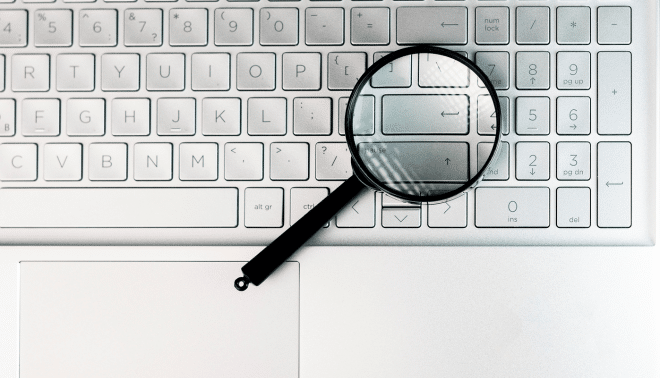Sign up for the Family Tree Newsletter! Plus, you’ll receive our 10 Essential Genealogy Research Forms PDF as a special thank you.
Get Your Free Genealogy Forms
"*" indicates required fields

Genetic genealogy, using DNA to study ethnicity and identify genetic cousins, is becoming an essential part of doing genealogy. If you’ve tested yourself and want to explore DNA tests for family, which relative should you ask to take a DNA test? Are some cousins or relatives better to test?
Average amount of autosomal DNA shared with relatives
Here are some tips from guest blogger and DNA expert Blaine T. Bettinger, author of the book The Family Tree Guide to DNA Testing and Genetic Genealogy, for finding the right relative to help you break through that brick wall with DNA:
1. Test the oldest generation first.
Testing the oldest generation available is often the best course of action. The members of this generation might not be available to test in the future, so it’s important to get a DNA sample with an older relative’s permission as soon as possible.Additionally, this generation is often genetically closer to your research questions, meaning older ancestors may have more autosomal DNA (atDNA) from the ancestor of interest.
2. Test relatives likely to share DNA with you.
As you can see in the image above (red boxes indicate what percentage of atDNA you share, on average, with each relative), second cousins and closer always share at least some DNA, but many third cousins do not. If possible, test relatives who are most likely to share DNA with you. But if your genealogical question relates to an ancestor further back in time, you might have to test distant cousins to get the evidence you need.
3. Test relatives who can provide the proper type of DNA.
Genetic genealogy has no exact rules, but you’ll want to remember some key principles as you identify people to test: While atDNA (the kind of DNA most tests examine) is usually inherited from each parent equally, other types of DNA follow different inheritance patterns.For example, children receive their mitochondrial DNA (mtDNA) from their mothers, and males inherit their Y-chromosomal DNA (Y-DNA) from their fathers. If you’re researching an ancestor in your Y-DNA line, you’ll likely want to obtain DNA from a male relative in that same Y-DNA line (e.g., your brother, your father, your father’s brothers, your paternal grandfather).
Similarly, if you’re researching an ancestor in your mtDNA line, you’ll probably start with DNA from a relative in that same mtDNA line (e.g., your siblings, your mother or her siblings, your maternal grandmother). Testing multiple types of DNA may provide you with even more information to help you attack your question!





